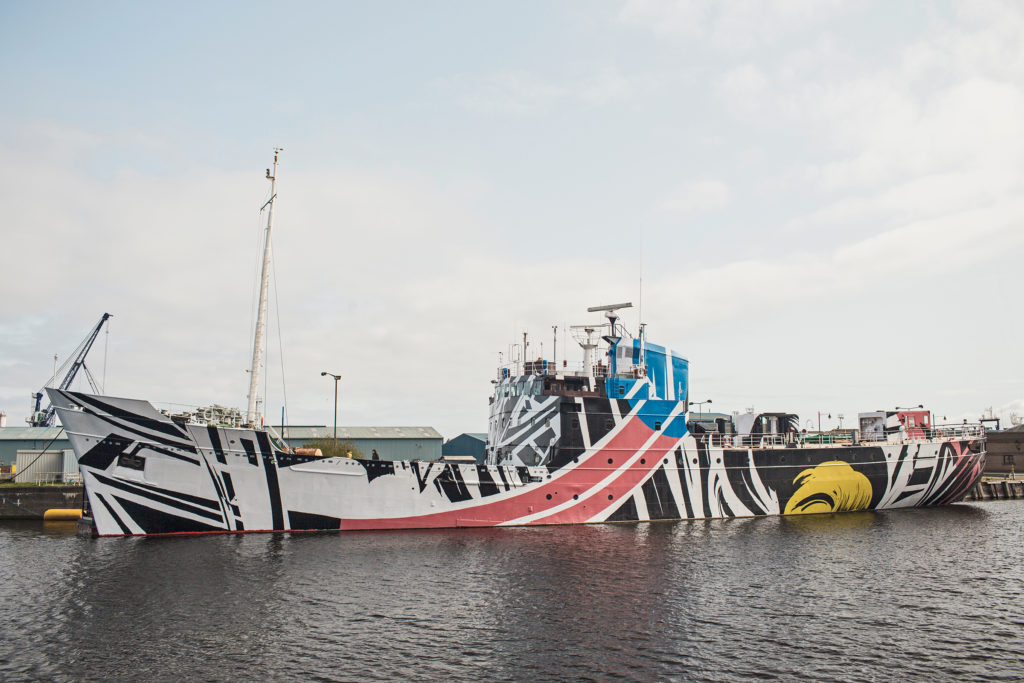Art World
The 2017 Edinburgh Art Festival Will Ask Pointed Questions About Gender, Identity, and Class
For its 14th edition, the festival boasts over 45 exhibitions spanning 35 venues.

For its 14th edition, the festival boasts over 45 exhibitions spanning 35 venues.

Caroline Elbaor

The Edinburgh Art Festival, which runs from July 27 to August 27, has announced official plans for its 14th edition, composed of more than 45 exhibitions spanning 35 venues, and including both Scottish and international artists.
As the Scottish capital enters its 70th year as “Festival City,” the Edinburgh Art Festival—the largest annual celebration of visual art in the UK—will play on themes of gender, identity, and class.
“As Edinburgh celebrates 70 years of festival culture, our festival continues to bring together the city’s leading museums and galleries in a unique celebration of the very best of visual art,” Sorcha Carey, Director of Edinburgh Art Festival, said in a statement.
Despite the large number of participants, a healthy number of female artists is conspicuously absent from the list of exhibiting international artists.
Pablo Bronstein at Jupiter Artland will present his most extensive outdoor work to date, titled The Rose Walk, which is composed of two pavilions, fashioned in both Gothic and Chinoises Revival styles. The structures are connected by a pathway adorned with roses, in what sounds like a setting straight out of Alice in Wonderland.
At Collective Gallery, Patrick Staff is developing an “Observer’s Walk,” billed as an audio guide for the city’s Calton Hill that investigates sex, gender and the construction of community.
Likewise, Talbot Rice Gallery will present “Stephen Sutcliffe: Sex Symbols in Sandwich Signs,” a body of new works by the Glasgow-based artist that looks at identity, self-doubt, obsession, cultural constructs and class conflict.
In continuing to highlight the work of Scottish artists, the Scottish National Portrait Gallery will present new works by Turner Prize winner Douglas Gordon, alongside Graham Fagen’s 2015 work, The Slave’s Lament, which was shown at the 2015 Venice Biennale for Scotland+Venice and is on view in Edinburgh for the first time.
Across town, the Scottish National Gallery of Modern Art will show photographs, paintings, and drawings by Ed Ruscha.
Emerging Scottish artists are also given a chance to shine, with Ross Little at Collective, Jacob Kerray at Talbot Rice Gallery, Marco Giordano and Pester & Rossi at Jupiter Artland; the MA degree show at Edinburgh College of Art; and a series of artists in residence at The Number Shop.
“With exhibitions across the length and breadth of the city—the vast majority of which are free—Edinburgh Art Festival offers an unrivalled opportunity to immerse yourself in art drawn from across the world and the centuries, stretching from Caravaggio and Constable, by way of Turner Prize winners, to the most exciting recent graduates making art today,” Carey concluded.